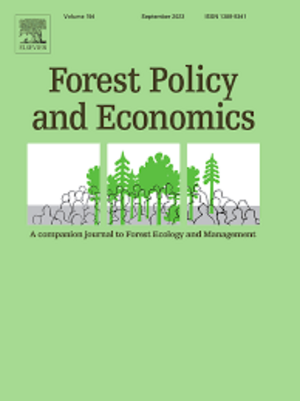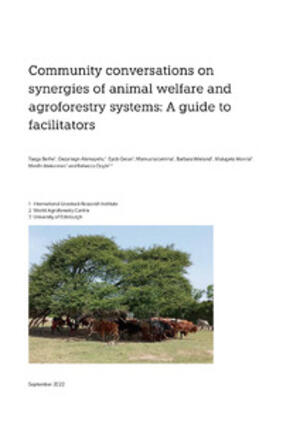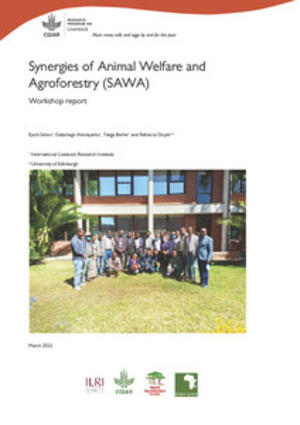
Geospatial characterization of climate-smart agroforestry in two contrasting physiographic zones of Rwanda
Abstract
Efficient use of rich natural resources notably land, is one of the most important indicators of economic progress. The unmatched population growth with production has triggered increased demand for food. Nations have prioritized sustainable agriculture as a coping strategy. Climate-smart agroforestry (CSAF) can be one of the options to increase productivity, income, and food security, and stabilize the environment. CSAF denotes a practiced farming system of combining trees with crops or animals (AF) evolved in practices to enhance productivity and feed the food-insecure people while coping with the adverse effects of climate change. This study investigates the land suitability for CSAF in the Bugesera and Rulindo regions of Rwanda. Nine variables were considered for investigation in the study viz. elevation, slope, soil type, rainfall, temperature, LU/LC, distance from roads and trade centers, and landslide risks. The analysis used two commonly known techniques (AHP and GIS) integrated to classify and sort out the suitable land for CSAF practices and development. Results identified three CSAF suitability zones, ranging from 1,662.82 ha (1.60 %) as highly suitable and 90,123.78 ha (86.62 %) as moderately suitable to 12,262.50 ha (11.78 %) less suitable zones in Bugesera. In Rulindo, suitability zones range from 709.92 ha (9.69 %) as highly suitable and 6,514.56 ha (88.92 %) as moderately suitable to 102.24 ha (1.39 %) less suitable land for CSAF. Results further showed that the available means suitable land for CSAF are 34,683.03 ha in Bugesera (34,683.03 ± 48,304.71) and 2,442.24 ha in Rulindo (2,442.24 ± 3,539.79). Land suitability scores for CSAF largely varied across sites (F = 1.33, p = 0.31). Cross-validation using ground-truthing information (field visit and collection of GPS-based ground coordinates of random locations of actual CSAF) mostly supported the generated CSAF suitability maps (nearly 91 % of ground-based locations supported the model output). This study integrates GIS with AHP to plan CSAF farming and scaling up. In sites such as Bugesera and Rulindo where investigations on CSAF are scanty, these results reveal the extent of CSAF farming in the targeted areas. They can provide direction for future land use modifications, better land stewardship, and cost-effective solutions in study areas, and other agroclimatic zones. Moreover, this study will pave the way for further studies on the potential CSAF and possibly required interventions for the assessed areas.
Citation
Ntawuruhunga, D., Ngowi, E.E., Mangi, H.O., Salanga, R.J. and Shikuku, K.M. 2023. Geospatial characterization of climate-smart agroforestry in two contrasting physiographic zones of Rwanda. Trees, Forests and People 14:100446.









